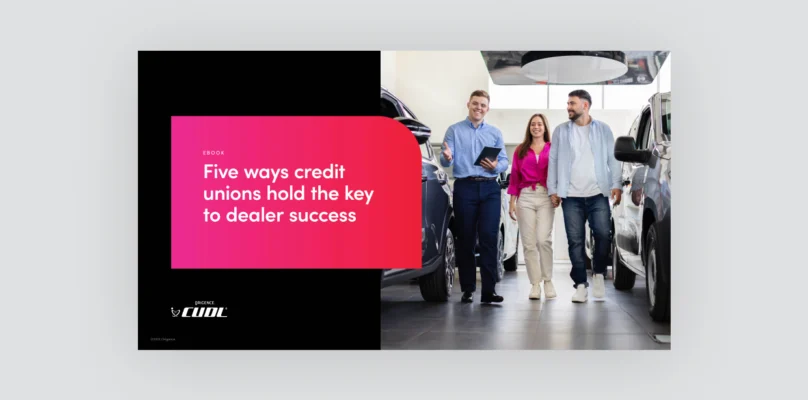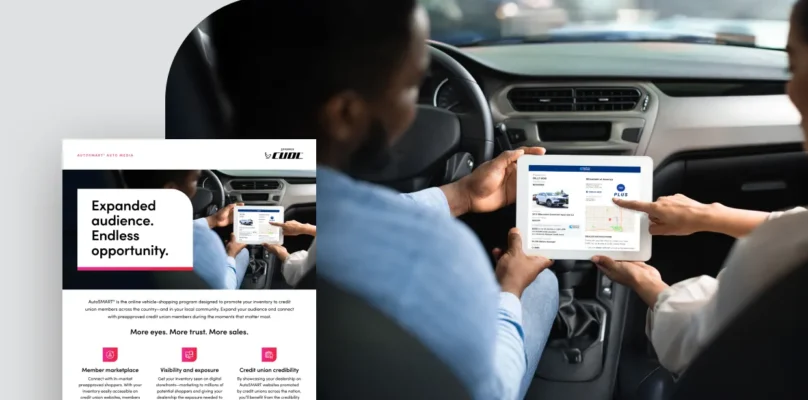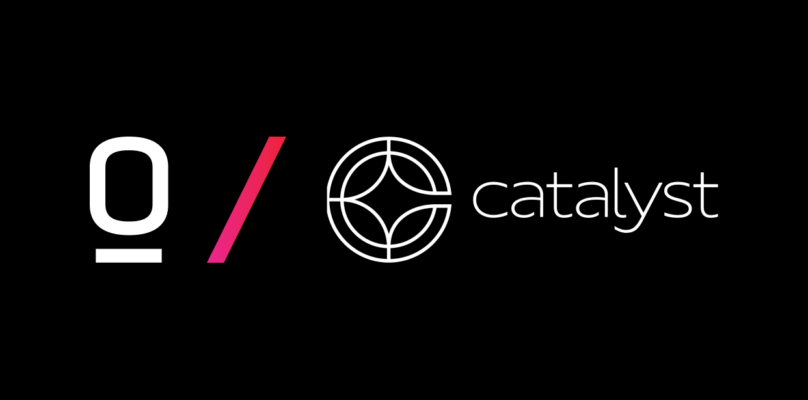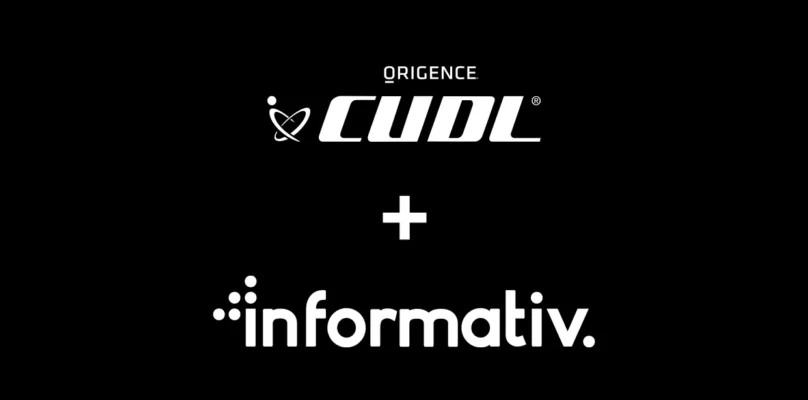In today’s digital age, we find ourselves in the midst of a significant transformation in the auto-buying landscape. This shift is redefining the way consumers approach vehicle purchases and demanding that credit unions keep up with the pace of change. In a recent webcast hosted by Origence, we explored the evolving digital landscape, how credit unions can compete, and the opportunities they should consider.
Adapting to the Changing Auto Sales Landscape
Aleks Bogoeski, senior vice president of product strategy and partnerships with Origence, highlighted the profound transformation occurring in the traditional auto sales funnel. He discussed how various factors, primarily impacting the automotive sector but with broader implications, are reshaping the industry.
Among these, online marketplaces have evolved to offer comprehensive end-to-end shopping experiences, enabling consumers to select, finance, and have vehicles delivered to their doorstep, stated Bogoeski. Online sale of used cars challenges the idea that you have to see them in person, showing that an easy, clear online buying process works.
Plus, the rise of electric vehicles (EVs) is driving significant change, with OEMs increasingly selling EVs directly to consumers, explained Bogoeski. These developments underscore the need for credit unions to adapt to the shifting landscape and leverage advanced lending technology to remain competitive. Collaborating with CUSOs and vendors becomes imperative for sustainable growth in the digital marketplace.
“Understanding consumer behavior is essential for navigating this changing landscape,” Bogoeski said. “Approximately 83% of car buyers dedicated up to three months for research before stepping into a dealership. More consumers are now leaning towards online options for vehicle orders, deal negotiations, and financing, making a noticeable impact on the industry’s dynamics,” Bogoeski added.
Furthermore, online channels have become a game-changer in the automotive industry, particularly for credit unions looking to expand their reach, explained Bogoeski. Marketplaces like CarGurus and Cars.com are among the most visited auto shopping websites in the U.S., and it’s important for credit unions to engage with these platforms as more customers initiate their transactions at the top of the funnel. To compete effectively, credit unions need to leverage technology and digital fulfillment, collaborate with other credit unions, CUSOs, and vendors, and ensure seamless integration into online car-buying platforms.
Bogoeski also discussed three strategic options for credit unions. The first is to partner with top-of-funnel providers like LoneStar, CULA, and Carabou to acquire new borrowers. The second option is to outsource back-office functions to organizations like Origence Lending Services, allowing credit unions to handle capacity without incurring the full operational cost. The third option involves loan acquisitions, long-term investments, or loan syndications to manage risk and diversify portfolios.
Unlocking Lending Opportunities
Credit unions have many exciting opportunities to leverage lending, shared Brian Hamilton, president of Origence Lending Services, including top-of-funnel lending.
Engaging in collaborative top-of-funnel partnerships can significantly benefit credit unions by tapping into new customer segments. These partnerships target niche markets like home improvement financing and auto refinancing, enabling credit unions to expand their reach and serve a broader range of borrowers.
For a seamless lending process, many credit unions now outsource their back-office functions to experts like Origence Lending Services, Hamilton shared. This strategic move empowers credit unions to concentrate on portfolio growth without the burden of incurring full operational costs, offering a competitive edge in the lending landscape.
In addition, Hamilton noted credit unions have the opportunity to manage risk and diversify their portfolios by engaging in auto loan acquisitions, long-term investments, or loan syndications. These avenues provide flexibility and enable credit unions to optimize their financial strategies for success in the dynamic lending market.
“In a rapidly evolving digital landscape, credit unions must adapt to meet consumer expectations and compete with industry giants,” said Hamilton. “Collaborative partnerships, automated decisioning, and the ability to seamlessly integrate with evolving digital experiences are essential for credit unions looking to succeed in the digital marketplace,” he stated.
Understanding how these changes impact the automotive industry and credit unions’ place within it is crucial. By embracing digital transformation, credit unions can remain competitive and relevant in the evolving world of auto buying and other asset classes.
View this webcast on demand.

















